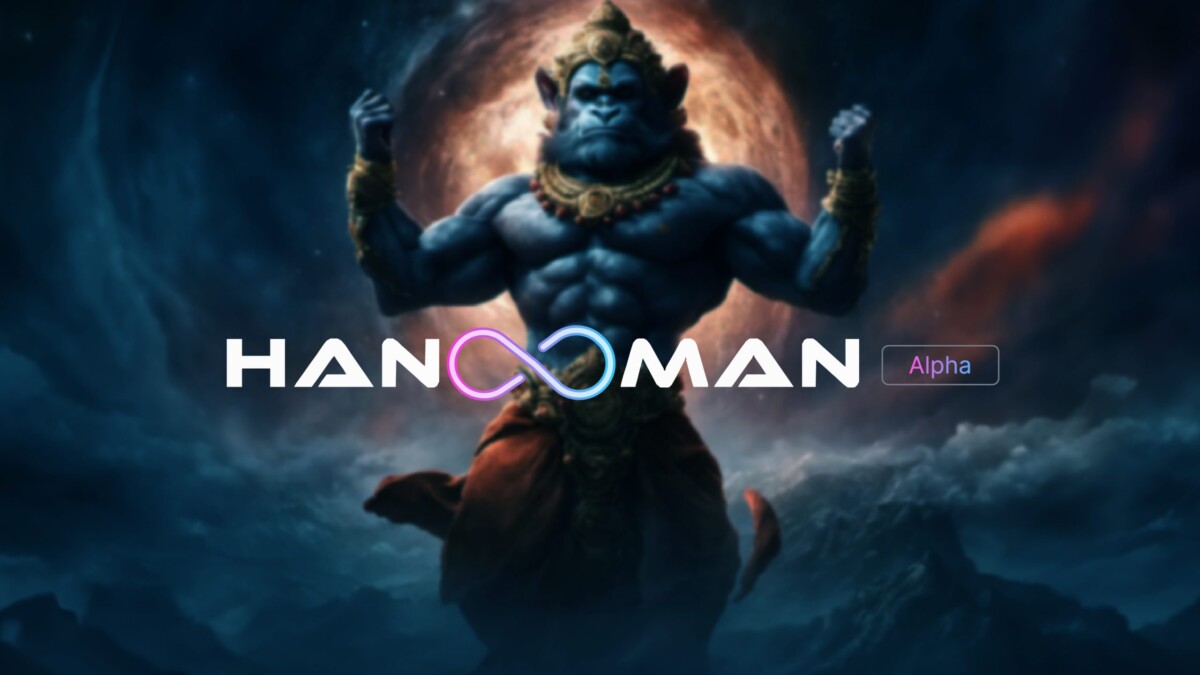In the rapidly evolving landscape of artificial intelligence, conversational AI tools have emerged as key players, transforming the way we interact with technology. While ChatGPT, developed by OpenAI, has garnered significant attention, it’s essential to explore the broader spectrum of tools available for building conversational interfaces. In this article, we delve into various tools that developers can leverage to create intelligent chatbots and enhance user experiences.
Also Read: Unleashing Your Creativity: 10 Unique YouTube Channel Ideas for Aspiring Creators
GPT-3: The Foundation of Conversational AI
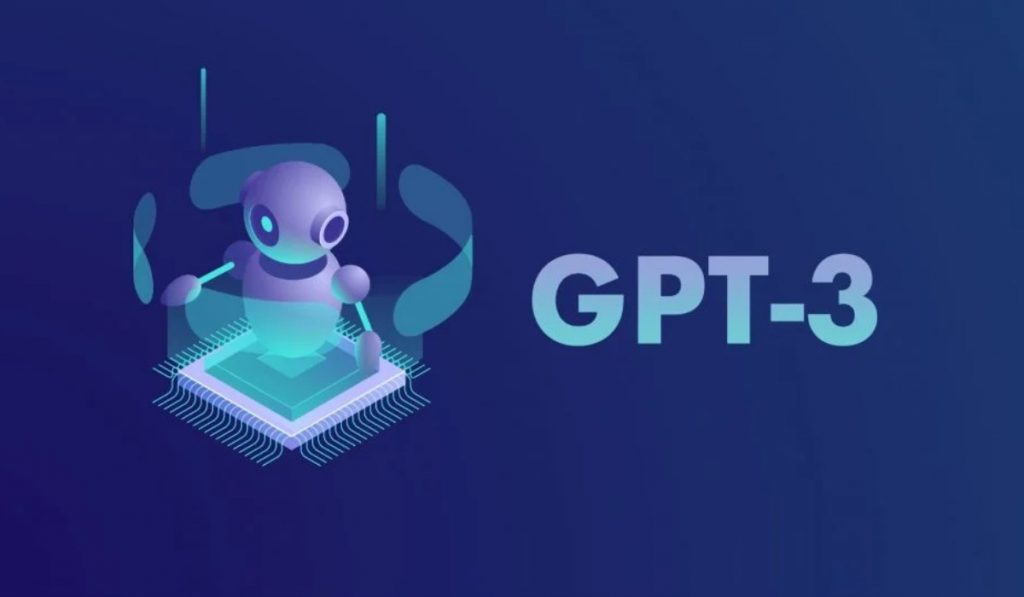
- Overview: Generative Pre-trained Transformer 3 (GPT-3) is a revolutionary language model developed by OpenAI. It powers ChatGPT, a versatile conversational agent capable of generating human-like responses.
- Application: GPT-3 is not just limited to chatbots. It finds applications in content generation, code completion, and even creative writing.
Also Read: Mastering the Chessboard: A Beginner’s Guide to Playing Chess
Dialogflow: Google’s Natural Language Processing Tool
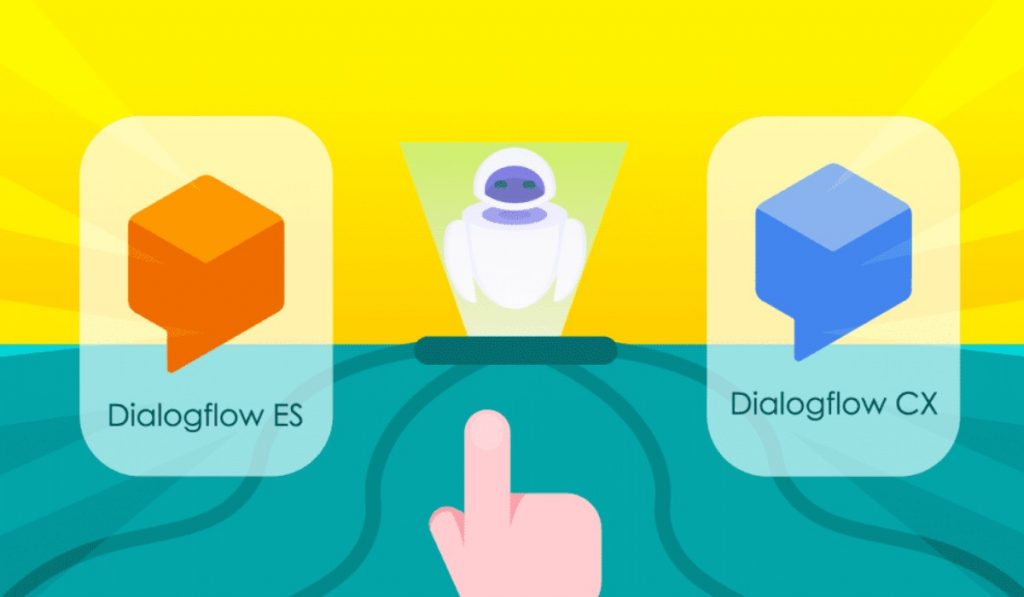
- Features: Developed by Google, Dialogflow is a powerful tool for building conversational interfaces. It excels in natural language processing and supports various channels such as web, mobile, and messaging platforms.
- Use Cases: Dialogflow is widely used to create chatbots, voice-activated applications, and virtual assistants.
Also Read: Garba of Gujarat makes it to UNESCO Intangible Cultural Heritage list
Rasa: Open Source Conversational AI Platform
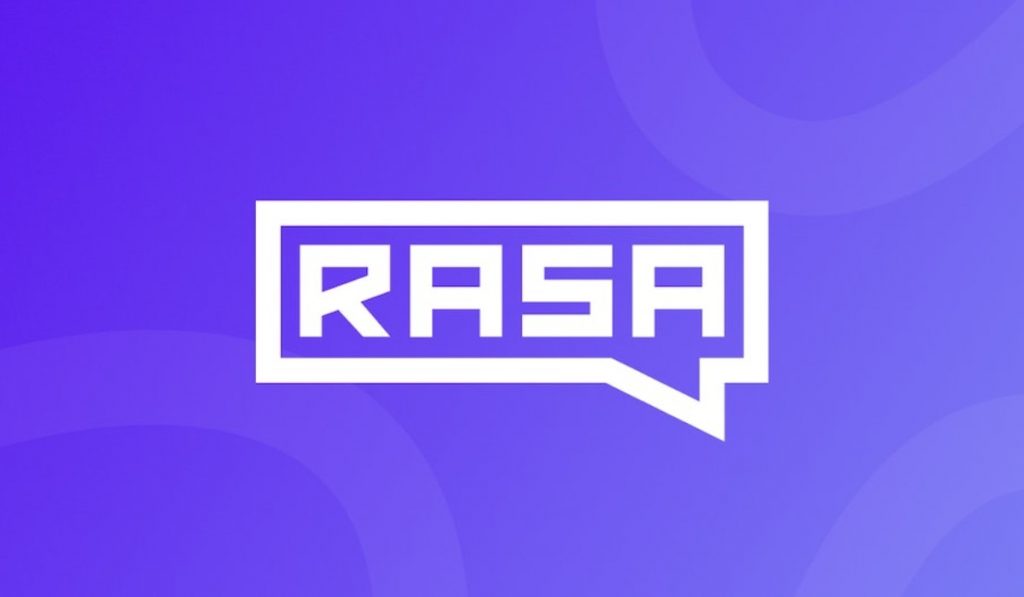
- Flexibility: Rasa stands out as an open-source platform that provides developers with flexibility in building context-aware chatbots. It supports customization and can be deployed on-premises.
- Contextual Understanding: Rasa excels in understanding user context, allowing for more natural and dynamic conversations.
Also Read: Decoding the Distinct Traits: A Guide to Distinguishing Big Cats
Microsoft Bot Framework: Across Multiple Channels
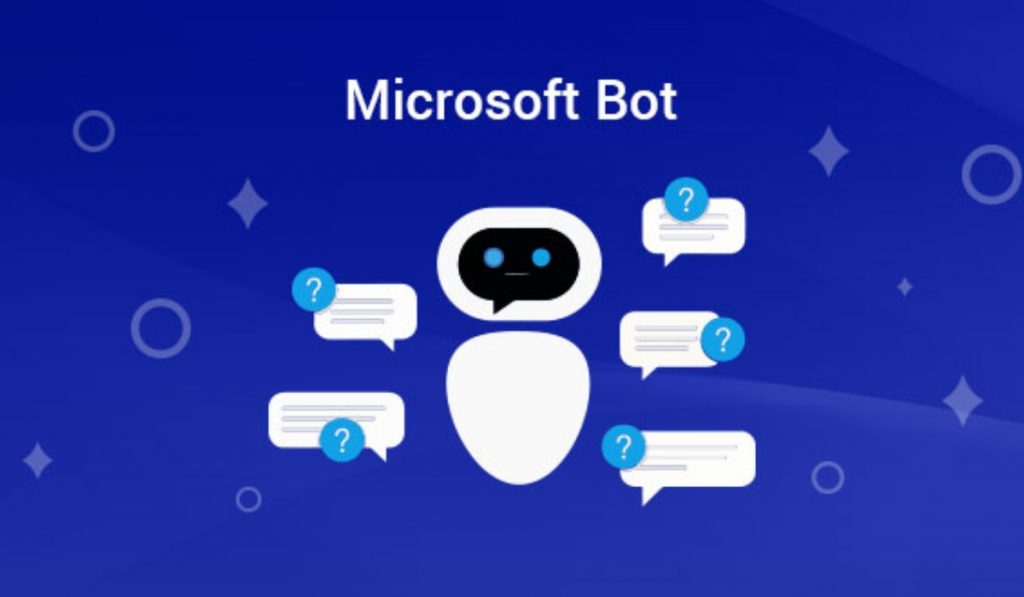
- Integration: Microsoft Bot Framework facilitates the creation of intelligent bots that can be deployed across various channels such as Microsoft Teams, Slack, and more.
- Adaptive Cards: Developers can use adaptive cards to create visually appealing and interactive messages within their chatbot interfaces.
Also Read: Pakistani woman arrives in India to marry Kolkata man
IBM Watson Assistant: Powering Cognitive Conversations

- Watson AI Services: IBM’s Watson Assistant integrates with Watson’s suite of AI services, offering developers the ability to create chatbots with cognitive capabilities.
- Multilingual Support: Watson Assistant provides multilingual support, making it suitable for global applications.
Also Read: Navy Day: Trivia About the Indian Navy
Wit.ai: Facebook’s Natural Language Processing Platform
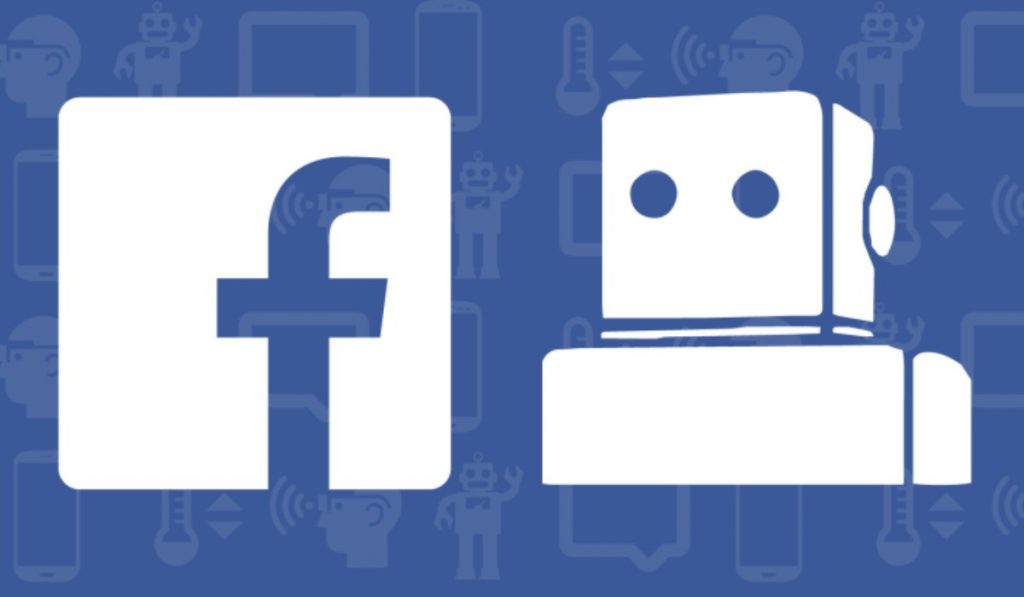
- Facebook Integration: Wit.ai, owned by Facebook, is known for its seamless integration with the social media giant’s ecosystem.
- Speech Recognition: Developers can leverage Wit.ai for applications requiring speech recognition and natural language understanding.
Also Read: Cultivating Healthy Sleep Habits in Children: A Guide for Parents
Amazon Lex: AWS-Powered Conversational Interfaces

- Scalability: Amazon Lex, part of Amazon Web Services (AWS), offers developers a scalable solution for building chatbots with automatic speech recognition (ASR) and natural language understanding (NLU).
- Alexa Integration: Applications developed with Amazon Lex can seamlessly integrate with Alexa-enabled devices.
Also Read: ISRO Brings Back Chandrayaan-3 Propulsion Module From Lunar Orbit To Earth Orbit
While ChatGPT has set a high standard for conversational AI, exploring other tools is crucial for addressing diverse use cases and preferences. Each tool brings its unique strengths, whether it’s the open-source flexibility of Rasa, the Google-backed natural language processing of Dialogflow, or the cloud-powered scalability of AWS with Amazon Lex. As the field continues to evolve, developers have an expanding array of tools to choose from, each contributing to the advancement of conversational AI and its integration into various aspects of our digital interactions.
Also Read: The Evolution of Clocks: A Journey Through Timekeeping Innovations








